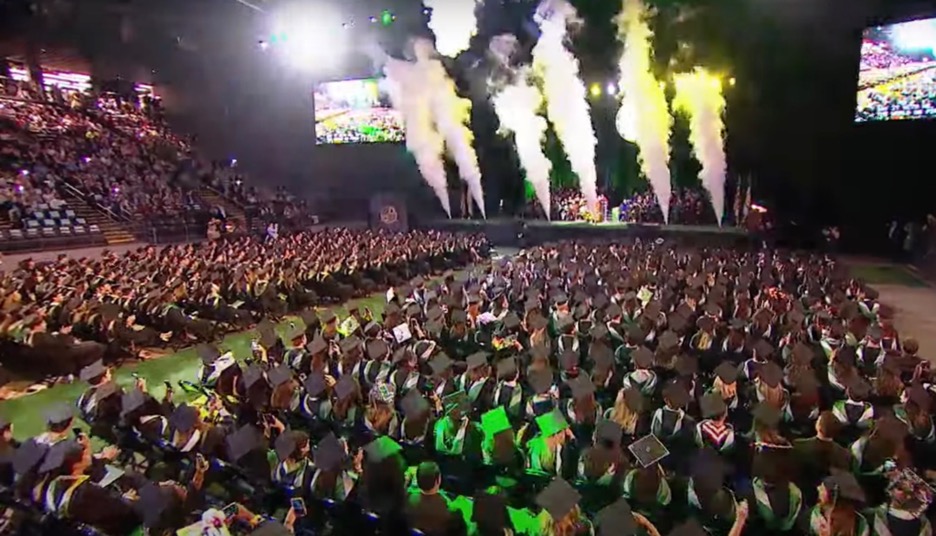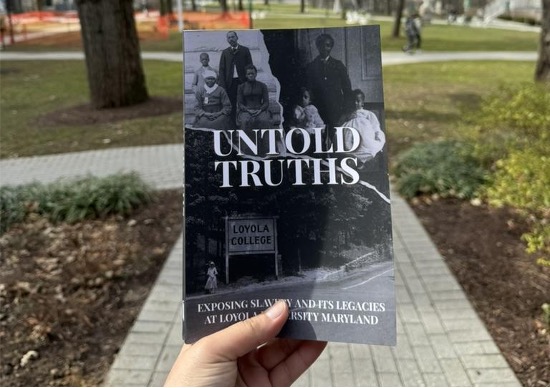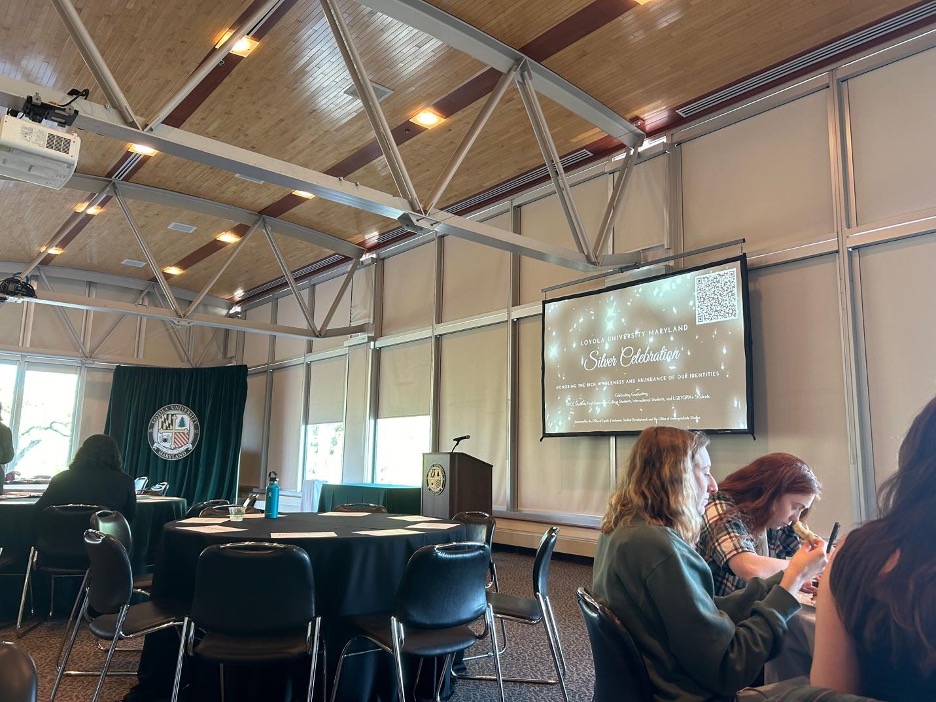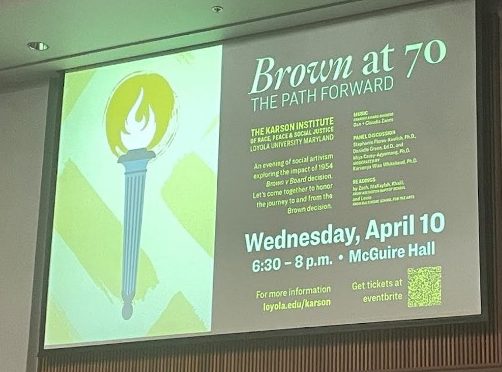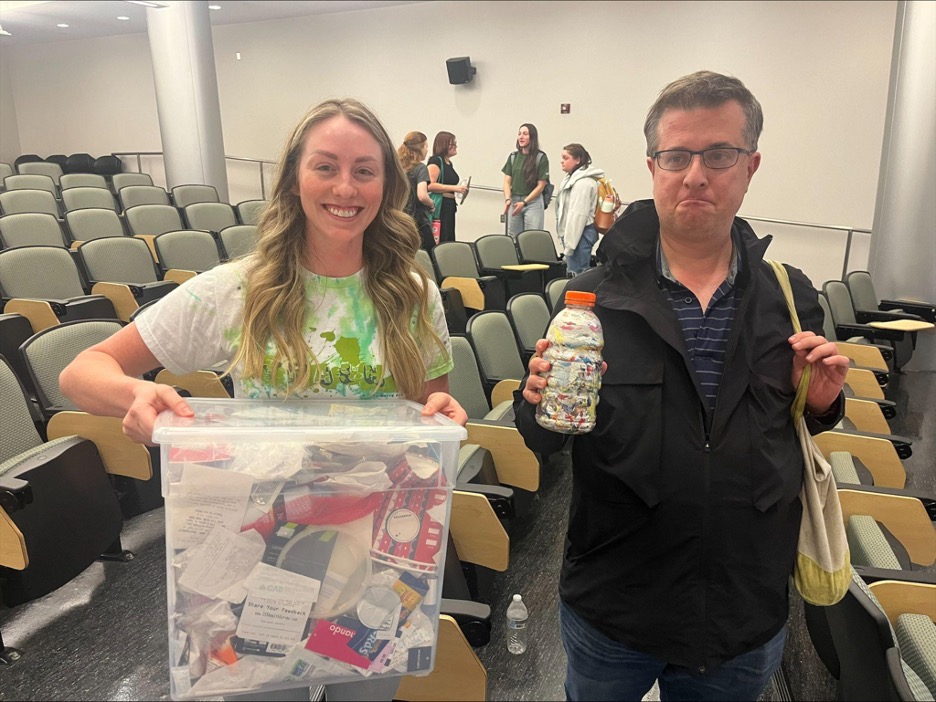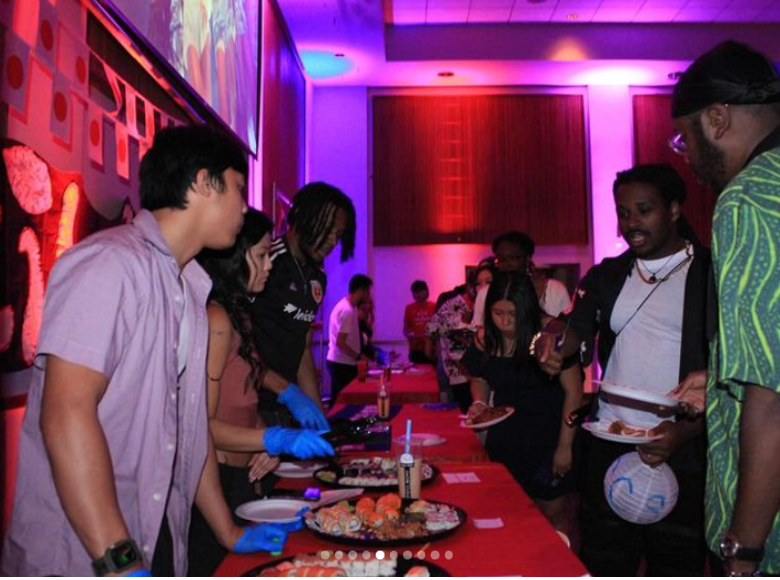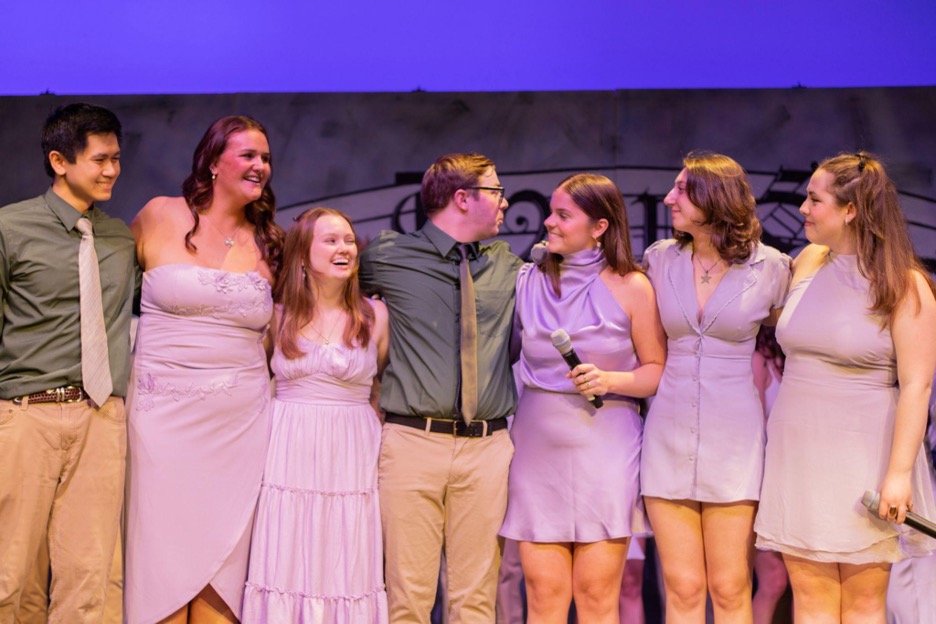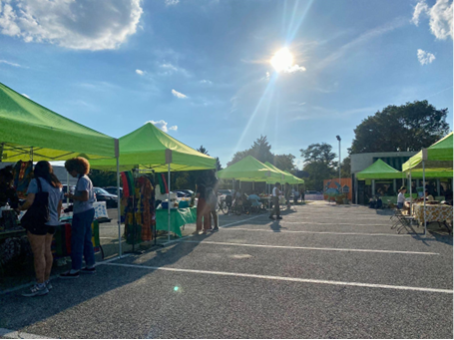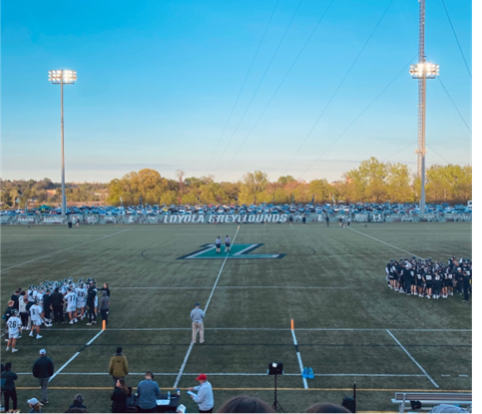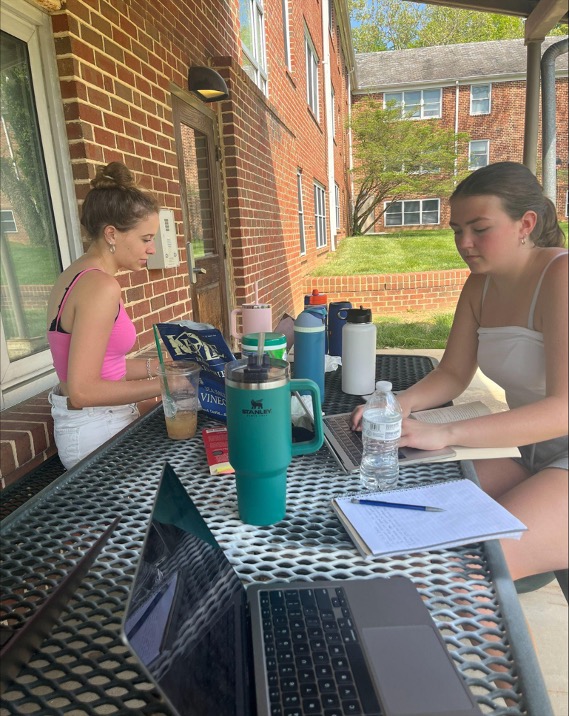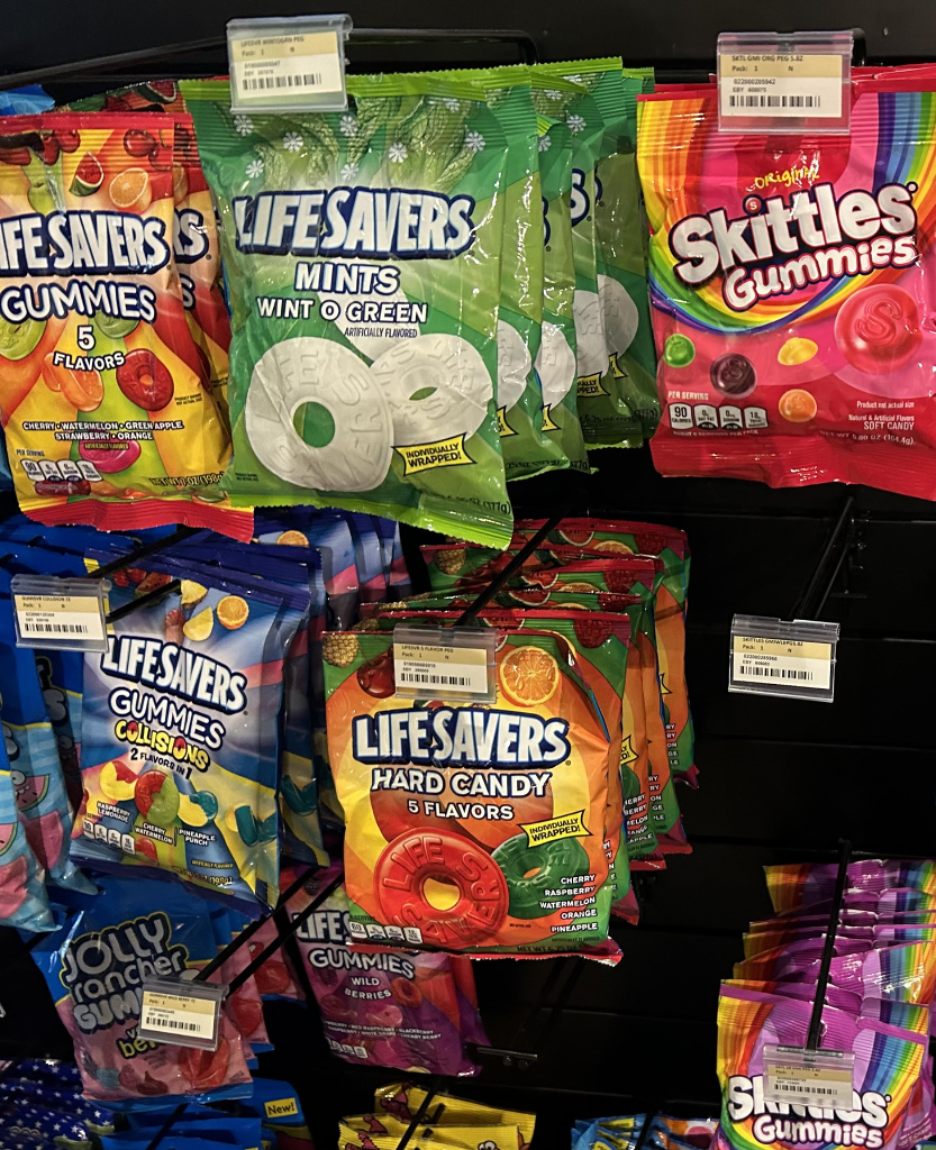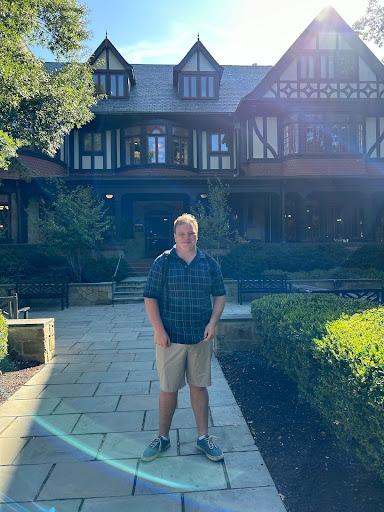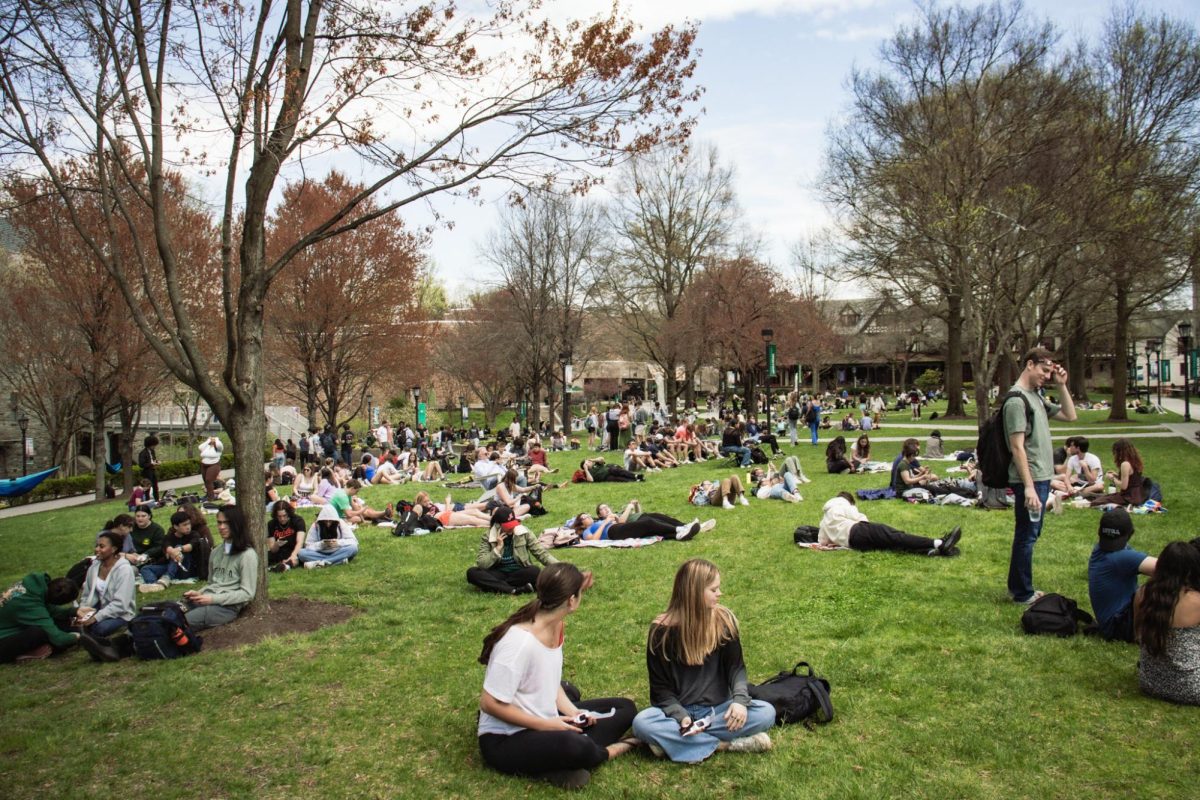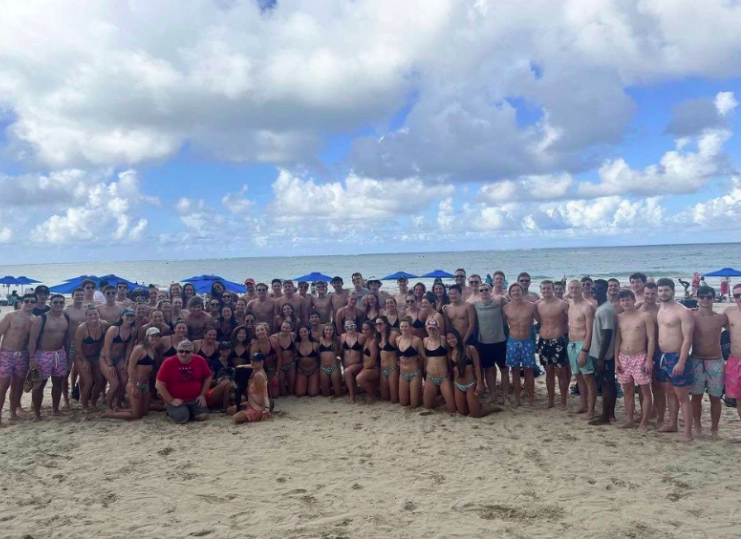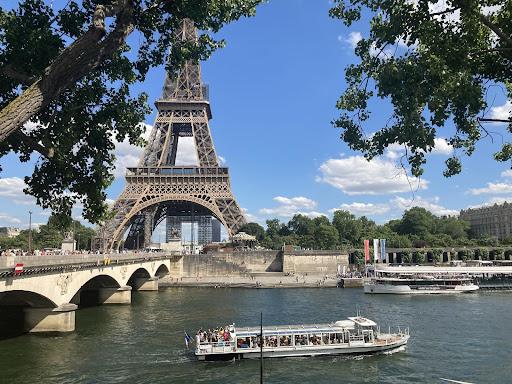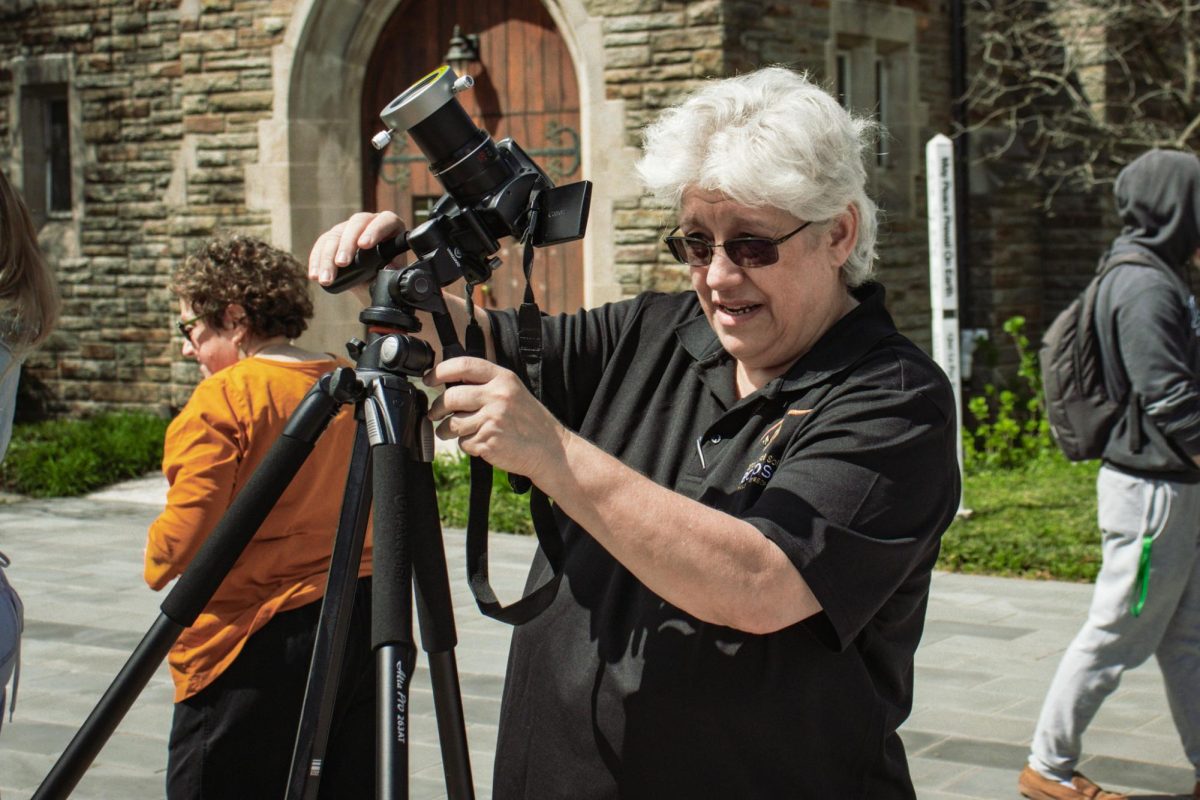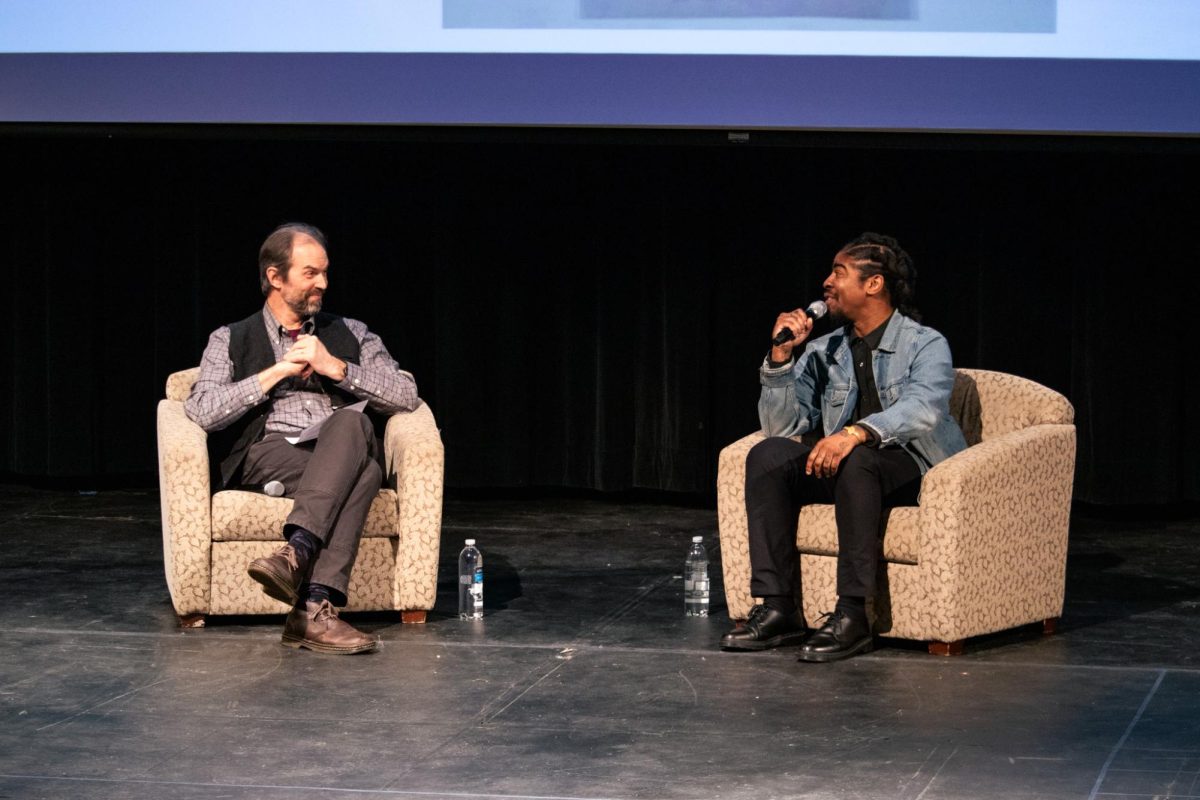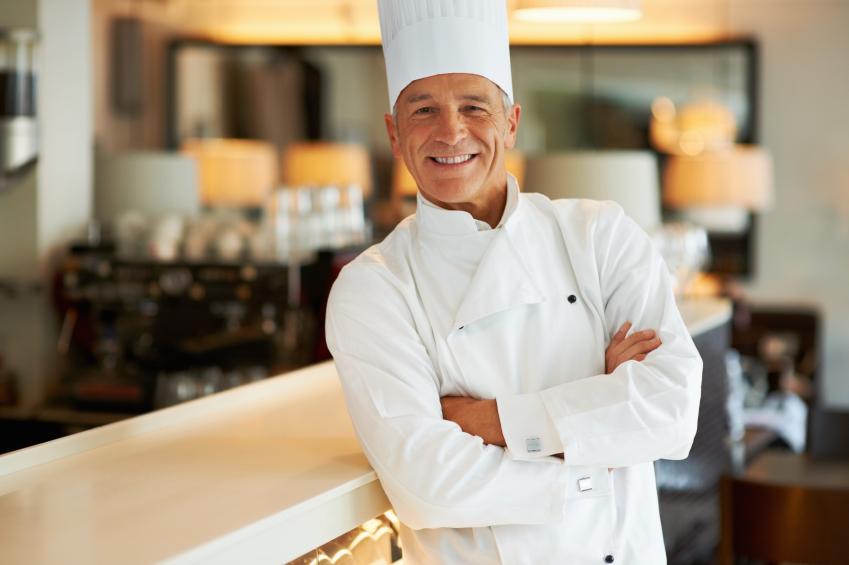Last week, I had the chance to sit down Chef Pierre Saison, the mastermind behind Baltimore’s newest restaurant, Foto Synth. The restaurant is Saison’s first gastronomic venture in the United States, and it is rumored that Foto Synth featured in the most recent Baltimore Magazine, will be the city’s first Michelin star winner.
PDB: So, Chef Saison, can you explain the concept behind your new restaurant and a little bit of how you came up with it?
CPS: Of course. I was walking through the open air market near my apartment in Paris last spring, I think it was. The aromas overwhelmed me. The fresh baked bread, the ripe tomatoes, the drying herbs; it all gripped my heart and palette. I wanted to create something that captured this world of smell but also of consumption. That’s why our restaurant serves food exclusively in non-solid, non-liquid form.
PDB: That idea is new to the culinary world, as far as I know. How do you serve food that you can’t see, eat or drink?
CPS: Smells and vapors carry the essence of food, both even have caloric value. What we at Foto Synthhave done is create ways to transport the essence of food in smells and vapors.
PDB: I’m sorry, did you say air has caloric value?
CPS: Our air at Foto Synth, yes. Admittedly, the consumption process is longer than the average meal. We ask patrons to reserve eight hours for each dinner they enjoy with us, and promise that at least 600 calories be delivered to them during their dining experience. So far the response has been overwhelming, and we’re booked until May.
PDB: Can you maybe describe a typical meal at Foto Synth and what that looks like?
CPS: Sure. So let’s say you and a date come in at 3 p.m. for dinner, and you order our arugula salad. Our server consumes it, and breathes it on you. As this system is imperfect, it usually takes three or four salads for our staff to effectively “transmit” the salad to you. For your entrée, let’s say—
PDB: I don’t mean to interrupt, Chef Saison, but you’re saying that your staff eats and then breathes on patrons so that they can experience the appetizer?
CPS: Exactly. I know this process is unconventional, but we’ve had tremendous success with it so far. Entrees, like the duck confit for example, are blended and put through a juicer. This liquid is heated and its vapor is delivered to individual patrons through a mask and tube not dissimilar to apparatuses used in surface-supplied diving. Desserts are typically transmitted in the same way as appetizers, and we keep it simple with drinks by using spray bottles.
PDB: What does a typical dining experience cost at Foto Synth?
CPS: Per eight hour session, we ask patrons pay $200. Based on our organic ingredients, farm to table model, and the work our employees put in, I feel that this is the absolute minimum price we could charge and still operate.
PDB: Speaking of your employees, I know you’ve had your difficulties with labor laws. At your previous restaurant in Paris, Celos, you paid employees to not eat but to watch patrons—behind glass—as they ate their meals. Can you say a little bit about that?
CPS: Well, first and foremost, our restaurant won the lawsuit. Employees knew what they were signing up for. Many of my culinary concepts revolve around creating an environment. By having hungry employees watch patrons eat, it made customers more grateful for their meals. As a result, they enjoyed their food more. To be clear, employees were encouraged to maintain a balanced diet away from the restaurant in the 14 hours they weren’t working. The contract was very clear.
PDB: It seems like your Baltimore restaurant is asking the opposite of your employees. Can you foresee any problems with this system?
CPS: Wherever you go, whenever you try something new and different, there will be whistleblowers. People will claim I’m forcing my staff to eat meals excessively, but my hiring process is very transparent, and my employees know what they are hired to do.
PDB: If you could leave our readers with one description of yourFoto Synth, what would it be?
CPS: If you want to push the boundaries of the culinary world, if you want a dining experience unlike any other, one that will leave you with a new perspective; then come to Foto Synth. I can’t do this alone. I promise that all Loyola students and staff who make reservations in the next two months will receive a 30% discount.
PDB: Great, thank you Chef. Best of luck.
Foto Synth opens at 2 p.m. daily, and is available for five hour lunch blocks starting at 10 a.m. on weekends.


